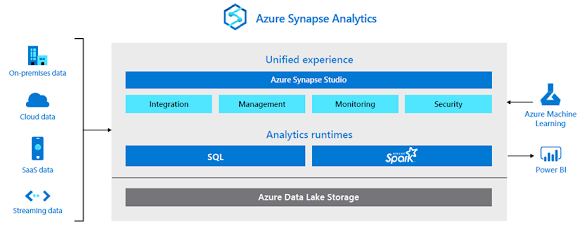Collaboration with SharePoint VS MS Teams
With all the hustle and bustle of the workplace, it can be hard to find exactly what you’re looking for or know who to ask. Defining who is working on what and how they’re involved in the project isn’t always a simple task. Although SharePoint has made managing and sharing content easier, it still isn’t as seamless as its end users would hope. Being able to access content and applications all in one place is useful but doesn’t solve the problem of how to organize information that is only relevant to certain groups. The main goal of SharePoint is to facilitate collaboration, but when content is broadcasted to the entire organization, it can make end users unsure which information applies to them.
Microsoft has acknowledged this issue with
the creation of its new collaboration tools, SharePoint
team sites and Microsoft
Teams. These allow end users to create separate areas specifically designed
for certain projects they’re working on and for the teams they’re working with.
By organizing the intranet environment like this, users avoid an information
overload and can focus on their respective projects.
What
are Microsoft Teams?
Microsoft Teams is a chat-based
collaboration space that allows a group of people to communicate and organise
information in a single area. It creates a central location to work on
projects, saving users time and enhancing productivity. It integrates with
other Microsoft and third-party services, including PowerPoint, OneNote, and
SharePoint. Each team gets a SharePoint site collection and a group. Another
handy feature is that content collaboration, chats, calls, and meetings can all
be hosted in the app. Information that would be lost in emails is saved in
discussions, which makes finding information and auditing much easier. This
data is stored in the cloud, so people can work together wherever they are.
What
are SharePoint Teams?
SharePoint team sites provide a
collaboration space within SharePoint where a group can work together on a
project. Unlike Microsoft Teams, a new SharePoint team site can be created for
each project that the group is working on. Another difference between these two
collaboration tools is guest access. With SharePoint teams, you can contribute
to the team site through a web browser even if you don’t have a SharePoint Team
Services-compatible client program installed. If you do have a compatible
client program, you can seamlessly incorporate your work into that program with
the team site.
Additionally, SharePoint teams facilitate
sharing of information between colleagues. You can easily add events, to-do
items, and documents to the team site. You can even hold discussions or post a
poll to the site. Although this may seem like it could create an overabundance
of information, team members can restrict or hide information that doesn’t
apply to them. If the team site leader feels that there is particularly
important information that the team should focus on, the leader can set up
customized views. This allows team members to know what is immediately relevant
without having to dig around the site.
Microsoft Teams vs SharePoint Team Sites: What’s the Difference?
- How many you should create: You want to be careful about how many Microsoft Teams you create. Creating too many teams causes confusion about where to collaborate on what. However, you can create a new SharePoint team site for each project you have. Microsoft Teams is the main space for the whole group to collaborate, whereas SharePoint team sites are designed to be little areas to focus on specific topics.
- Who has access: You can be active in a SharePoint team site even if you don’t have a SharePoint Team Services-compatible client program installed. On the other hand, Microsoft Teams has guest access turned off by default, but it is an option to turn it on. Both allow outside members to have access, but for SharePoint team sites, this is the default option.
- What you can connect: Both allow you to connect Planner, Calendar, and document libraries. This is valuable as team members can access relevant information without having to exit the site. However, within Microsoft Teams, you can have an app that connects to SharePoint. You can also choose to add SharePoint pages and news articles within Microsoft Teams, but this connection doesn’t work in the opposite direction.
Mistakes to Avoid with SharePoint and Microsoft Teams
- Pay attention to customizable features. You can decide which features you want your Team users to adopt, but if you give them access to features and then disable their access, users can get annoyed and be more resistant to using Teams.
- Provide training! To avoid confusion and underutilization, it is crucial to train your employees on how to use Teams. Otherwise, this could result in users duplicating information, emailing it and writing about it in the channel discussion. Without proper instruction, users may work harder than necessary, which could result in low adoption rates.
- Specifically for Microsoft Teams, don’t create too many teams! This causes confusion about where information needs to exist. Instead, create channels within the team to separate content into different spaces.
SharePoint and Microsoft Teams make it easy
to find the time and place to collaborate with your colleagues. Whether you’re
in the same office or working from home, these collaboration tools ensure
everyone is on the same page. If everyone is trained on how to use these
resources, they will help keep teams and projects organized. However, if people
are not trained on when and how to use these tools, it could result in users
duplicating their efforts and losing motivation.
If
you are interested in MS Teams or SharePoint related solutions then, please
contact Prometix – enquires@prometix.com.au


Comments
Post a Comment